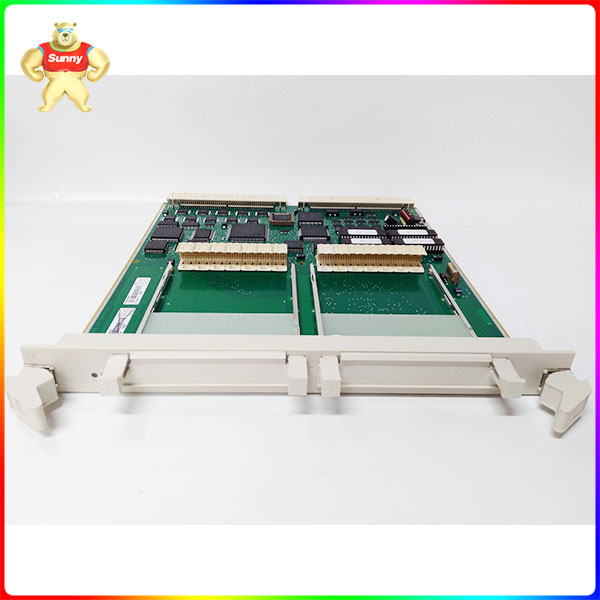Second, the application of safety sensing technology in man-machine collaboration
1. Dynamic obstacle detection
The UR arm’s security sensing technology detects obstacles in the surrounding environment in real time, including moving people, objects, etc. Using technology such as vision sensors and lidar, the robot arm can predict the trajectory of obstacles and make corresponding evasive actions to avoid collision with obstacles.
2. Contact force control
The UR arm is equipped with a force sensor that monitors the contact force between the arm and the human body in real time. When the robot arm is in contact with the human body, the force sensor can sense the change of force, and control the force output of the robot arm through the safety software system to ensure the safety of the contact process and avoid serious contact or collision failures.

In the man-machine collaboration scenario, the safe area can be set through the safety software system to limit the range of motion of the robot arm. When the operator enters the safe area, the robot arm will automatically reduce the movement speed or stop the movement to avoid serious accident risks, and can carry out continuous stable and safe work in the corresponding area.
4. Visual safety tips
In order to improve the safety of human-machine collaboration, the UR robot arm provides visual safety tips through displays and other means. For example, during the movement of the robot arm, the display can display the movement trajectory of the robot arm and predict the position of obstacles, so that the operator can better understand the state of the robot arm, thus reducing the possibility of accidents.
3. Challenges and prospects of man-machine collaboration
1. Balance between safety and efficiency
In the process of implementing human-machine collaboration, safety and efficiency are interrelated. In order to ensure safety, the robot arm needs to make conservative motion planning, but this can lead to reduced efficiency. Future research needs to find a balance between safety and efficiency to improve the working efficiency of the robotic arm.
2. Intelligent human-computer interaction
In order to further improve the safety and efficiency of human-machine collaboration, it is necessary to intellectualize human-machine interaction. By introducing technologies such as artificial intelligence and machine learning, robotic arms can better understand human intentions and behaviors and respond accordingly, enabling higher levels of human-machine collaboration.
 中文版
中文版




